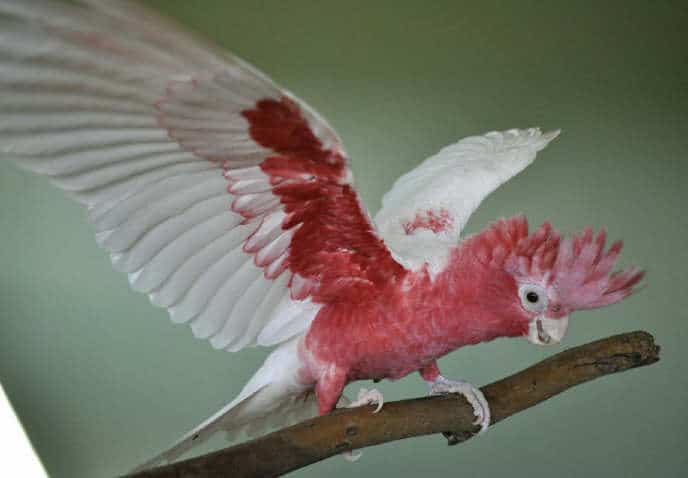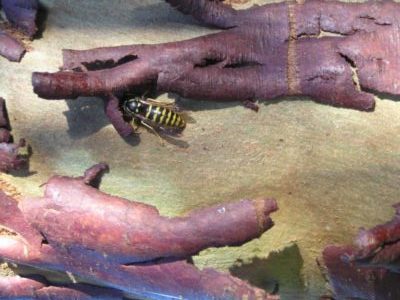
Winter hardness
Most cold resistant species survive moderate to severe frost without problems. Should a eucalyptus suffer damage from severe cold, it will generally end again. Often this damage is a result of frost in combination with strong winds. Species that suffer less from this include: eucalyptus debeuzevillei, eucalyptus niphophila and eucalyptus stellulata.
The winter hardness of a certain type of eucalyptus depends heavily on the origin of the seeds used. In certain parts of Australia, very extreme frost is regularly common. But also in places in New Zealand and in Tasmania you will find these kinds of cold areas. The seedlings of trees growing there are much stronger than those of trees that grow in a milder climate. Very precisely, the winter hardness cannot be indicated, even seedlings from the higher areas differ in cold tolerance.
In addition, a number of factors such as pitch, soil type and duration of frost determine whether a tree can handle extreme cold. In theory, a certain species may tolerate 20 degrees of frost but if you have a winter in which there is a number of times a longer frost period of, for example, 15 degrees below zero, it is in principle possible that a tree will not survive this either.
We are constantly expanding our range and testing new species for winter hardness. This will further grow our range



